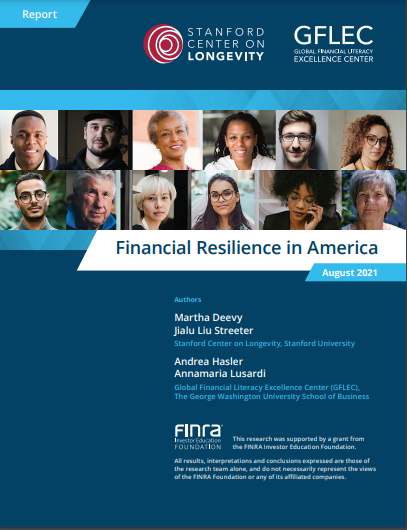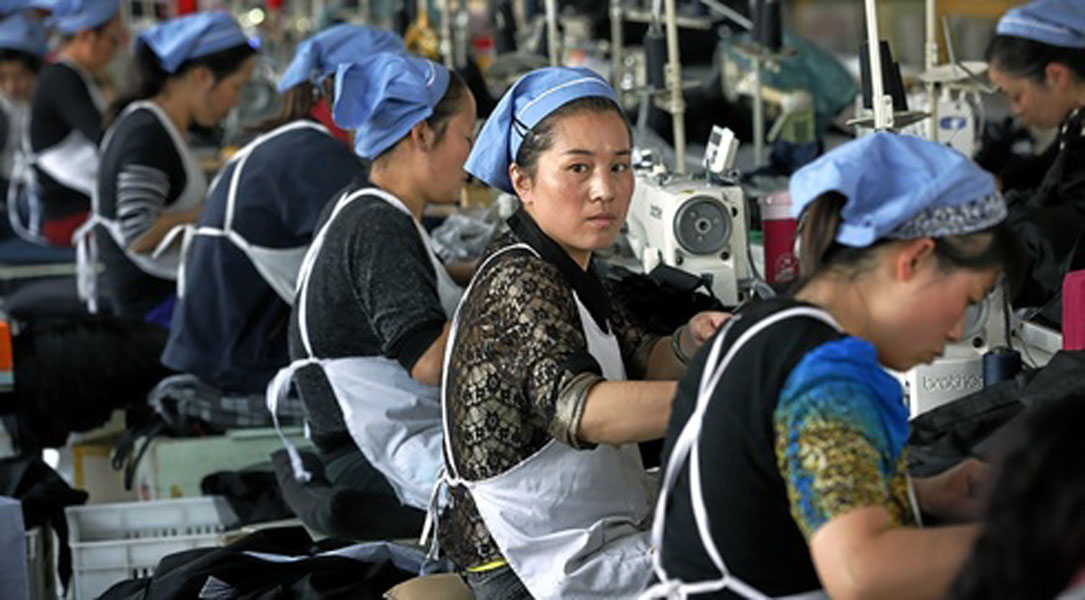The COVID-19 Pandemic and Precarious Aging: The Importance of an Equity Response
By Marc A. Garcia, Adriana M. Reyes & Catherine Garcia Older Black, Indigenous, and Latinx adults are at a higher risk of negative COVID-19 outcomes relative to older non-Latinx White adults. Mounting evidence regarding the disproportionate impact of COVID-19 on communities of color lays bare the effects of long-standing and deeply rooted structural racism in American society. Residential and occupational segregation and unequal access to health-promoting resources such as education, income, wealth, and quality healthcare have exposed and amplified pre-existing...










